|
Data
Thurs., Jul. 12 to
Sat., Sep. 22, 2012
Open
11:00-18:00
(-19:00 on Fri.)
Closed on Sun., Mon. and National Holidays, and 12th-20th Aug.
except 22nd, Sep., 2012
Admission: FREE
|

|
 |
 |
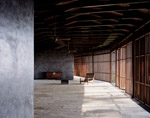
|
Tara House
(Kashid, Maharshtra, India/2005)
©Hélène Binet |
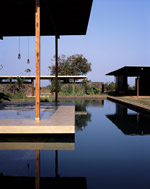
|
Utsav House
(Satirje, Maharashtra, India/2008)
©Hélène Binet |
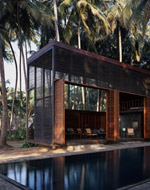
|
Palmyra House
(Nandgaon, Maharashtra, India/2007)
©Hélène Binet |
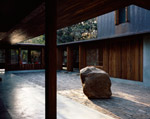
|
Copper House II
(Chondi, Maharashtra, India/2011)
©Hélène Binet |
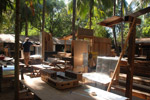
|
Studio Mumbai workshop
(Nagaon, Maharashtra, India/2005)
©Studio Mumbai |
|